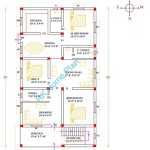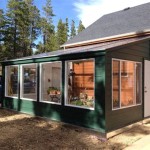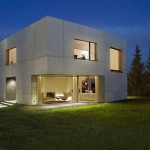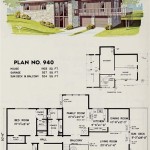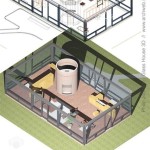Simple Roman House Plan: Essential Aspects to Consider
Roman houses, known as domus, played a central role in Roman society and provided a glimpse into the daily lives of its inhabitants. While Roman houses varied in size and opulence, they shared some common essential aspects that made them both functional and aesthetically pleasing.
1. Basic Structure
Roman houses typically followed a rectangular plan, with a central courtyard known as the atrium. The atrium was the heart of the house, providing natural light and ventilation. It was surrounded by a colonnade and often featured a pool or fountain. The rest of the house was arranged around the atrium, with rooms on both sides.
2. Domestic Spaces
The essential rooms in a Roman house included the tablinum, the triclinium, and the cubiculum. The tablinum was the study or office of the paterfamilias (head of the household) and doubled as a reception area for guests. The triclinium was the dining room, where meals were taken on couches arranged in a U-shape. The cubiculum was the bedroom, which could vary in size and opulence.
3. Service Areas
Roman houses also had service areas, such as the kitchen and baths. The kitchen, known as the culina, was usually located in a separate wing of the house. It was equipped with a hearth, oven, and other cooking utensils. The baths, known as the thermae, were typically located at the back of the house and consisted of several rooms with varying temperatures.
4. Artistic Elements
Roman houses were renowned for their artistic and decorative elements. Floors and walls were often adorned with colorful frescoes and mosaics. Marble sculptures and busts were common features in the atrium and other reception areas. Gardens and courtyards provided a touch of nature and beauty to the home.
5. Water Supply
Water was an essential element in Roman houses. Running water was provided through aqueducts that supplied water to public fountains and private homes. Houses often had cisterns to store water for daily use and in case of emergencies. Baths and toilets were equipped with plumbing systems that drained into the sewage system.
6. Lighting and Heating
Roman houses were primarily lit by natural light coming through the atrium and windows. Oil lamps were used for artificial lighting. Heating was provided by charcoal braziers or heated floors, depending on the season and the wealth of the household.
7. Family Life
Roman houses were not only physical structures but also centers of family life. Extended families often lived together in larger domus, with each member having their own assigned space. The atrium was a common gathering space for family meals and entertainment. Children played in the courtyards, and slaves tended to the household chores.
In conclusion, the simple Roman house plan was a testament to the ingenuity and lifestyle of ancient Rome. With its functional design, artistic elements, and emphasis on family life, the domus provided a comfortable and aesthetically pleasing living space for its inhabitants.

Roman Domestic Architecture Domus Article Khan Academy

Villa Rustica Roman Farmhouse Rome House

Roman House Imperium Romanum

Andrew Malone The Roman Domus As A Caribbean Urban Housing Solution

Roman Domestic Architecture Domus Article Khan Academy

The Roman Baths

Domus Wikipedia

Image Result For Ancient Chinese House Roman Houses Village Design

The Typical Roman Aristocratic House And Public Imitation Indulgence From Start Brewminate A Bold Blend Of News Ideas

The Roman House Discover An Amazing Social Life In Rome 101

